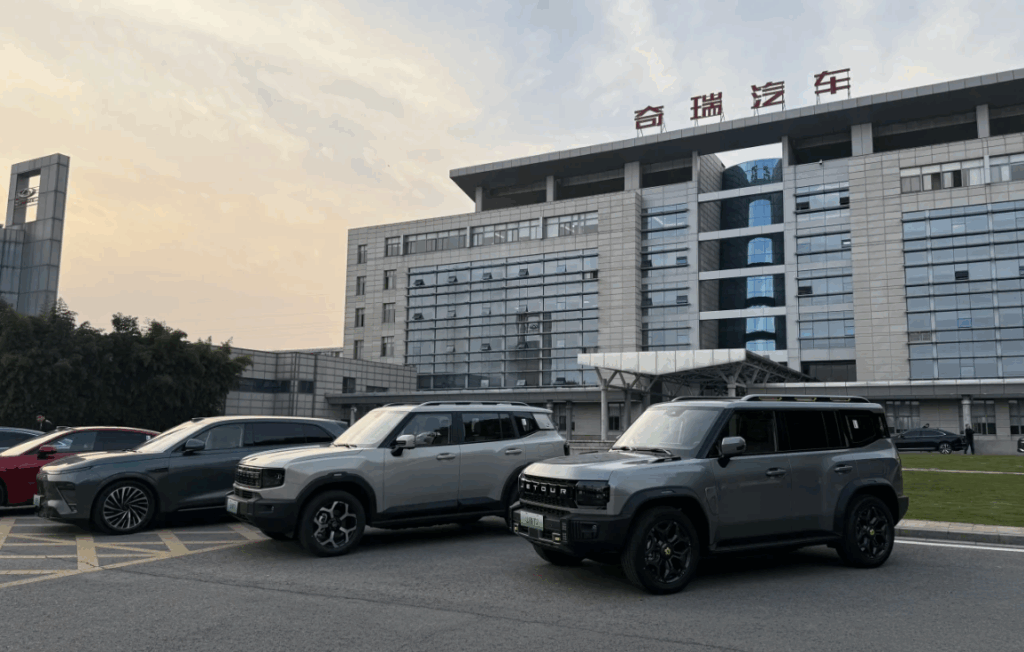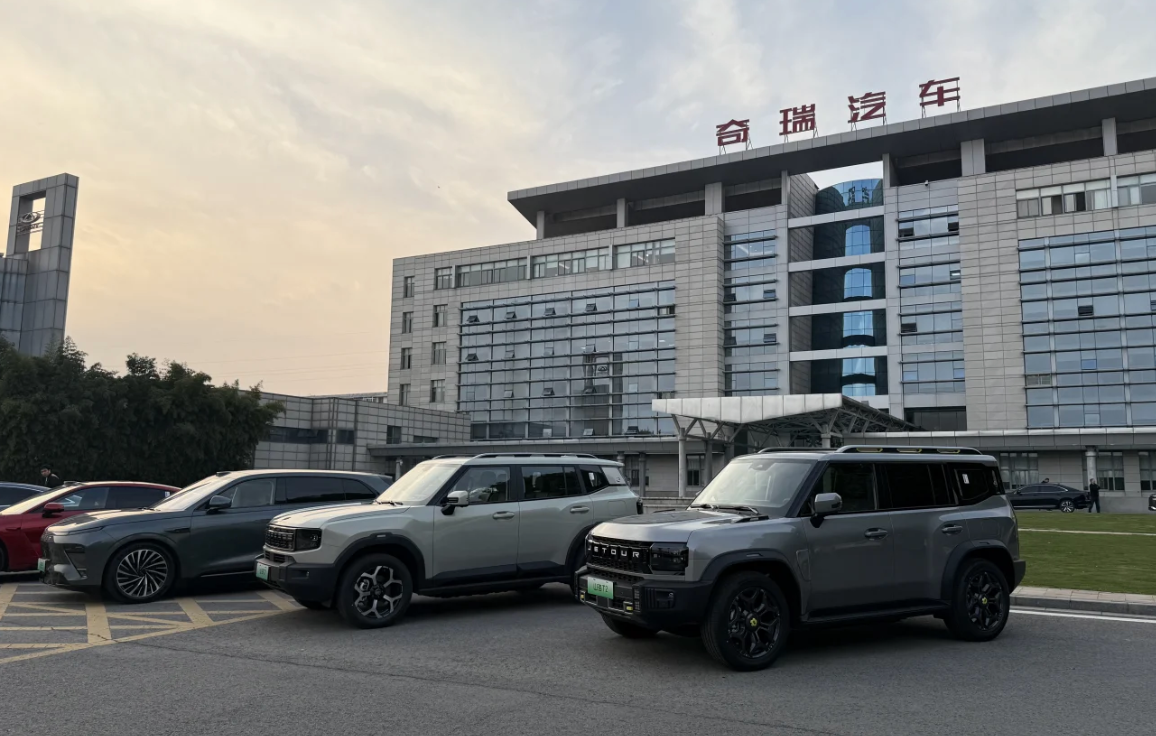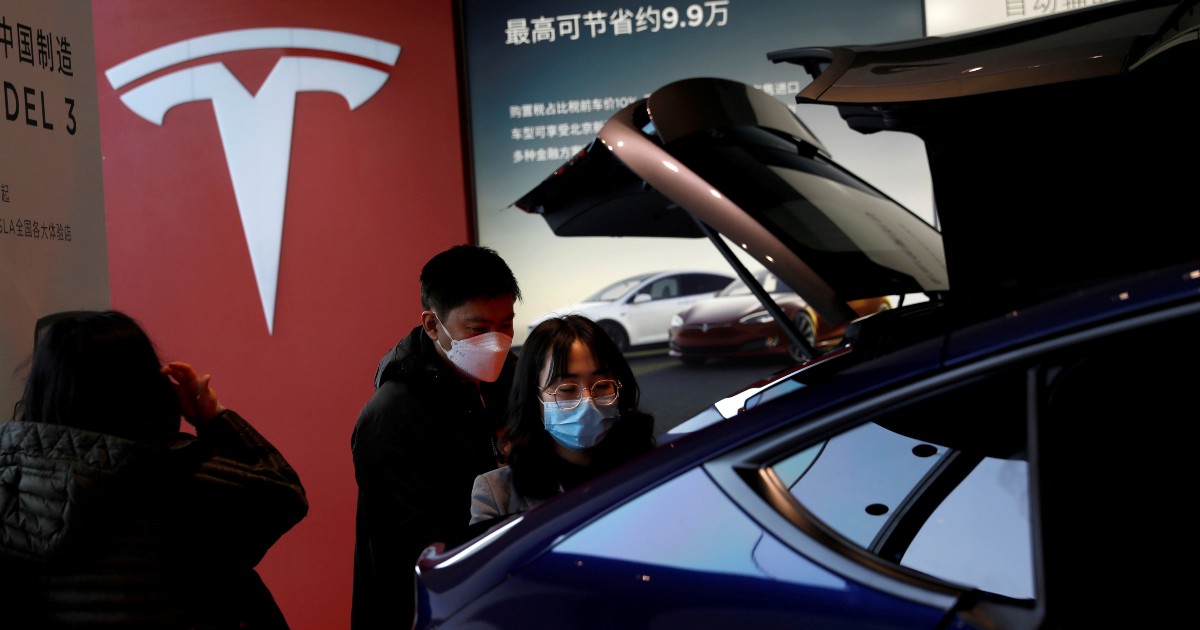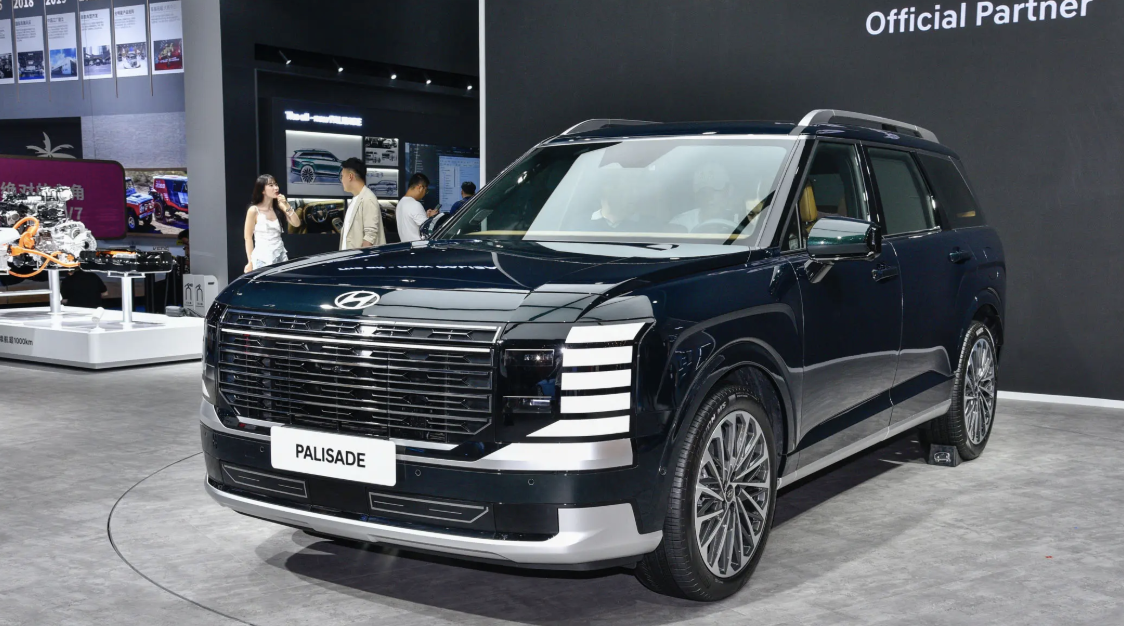On September 25, Chery Automobile Co., Ltd. (stock name: “Chery Automobile”) was officially listed on the Hong Kong Stock Exchange. The company set an IPO price of HKD 30.75 per share, raising a total of HKD 9.14 billion, making it the largest car company IPO in the Hong Kong stock market this year. By the close of trading on the same day, Chery Automobile’s stock had risen by a certain percentage, with a total market value reaching several billion Hong Kong dollars.

Chery Automobile’s listing journey has been full of twists and turns, reflecting the challenges faced by Chinese automakers in capital markets.
In 2004, Chery first initiated an IPO, but due to a share transfer issue related to its earlier 20% stake sale to SAIC for obtaining production qualifications, the IPO was postponed. In 2007, Chery restructured into a joint-stock company and attempted another IPO. However, due to operational issues and the financial crisis, this second attempt was also halted. In 2009, Chery sought to eliminate its low-end image by launching a multi-brand strategy and attempted a third IPO. However, due to an excessive number of shareholders and a complex ownership structure, this attempt was also canceled. In 2016, Chery New Energy attempted a backdoor listing through “Haier Materials” for an A-share and Hong Kong IPO, but failed due to a lack of independent qualifications, low sales of electric vehicles, and a still complex ownership structure. In 2019, Chery New Energy prepared for a listing on the STAR Market and launched a mixed-ownership reform, with Qingdao Wudaokou investing over 10 billion CNY to become Chery’s largest shareholder. However, due to the breakdown of Qingdao Wudaokou’s funding chain, the IPO plan failed. In 2022, Chery once again tried an IPO, but it failed due to the complexity of the ownership structure.
2025 became a key milestone for Chery Automobile’s listing. In February of this year, Chery resumed its listing application on the Hong Kong Stock Exchange. By August, Chery had completed its “full circulation” filing with the China Securities Regulatory Commission. On September 7, it successfully passed the Hong Kong Stock Exchange’s hearing. On September 17, Chery started its public offering, which was met with an overwhelming response, with an oversubscription rate of 238 times. Finally, on September 25, Chery Automobile was officially listed on the Hong Kong Stock Exchange.
According to the prospectus, Chery Automobile’s revenues for 2022, 2023, and 2024 were CNY 92.62 billion, CNY 163.21 billion, and CNY 269.89 billion, respectively, with net profits of CNY 5.81 billion, CNY 10.44 billion, and CNY 14.33 billion. As of Q1 2025, Chery’s revenue was CNY 68.22 billion, with a net profit of CNY 4.73 billion.
In 2024, Chery’s total sales reached 2.295 million vehicles, ranking second among Chinese brand passenger car companies. The overseas market has also become one of Chery’s core competitive strengths, as it has maintained its position as China’s top exporter of domestic passenger cars for 22 consecutive years since 2003. As of March 31, 2025, Chery had nearly 3,000 dealer outlets overseas, covering Asia, Europe, Africa, the Americas, and Oceania, laying a solid foundation for future overseas market expansion.
Regarding its post-listing development, Chery Automobile has a clear strategic plan and will allocate the raised funds to strengthen areas of weakness. According to Chery’s prospectus, approximately 35% of the net proceeds will be used in the next one to three years to develop various models and versions of passenger cars to further expand its product lineup; about 25% will be used to fund research and development for next-generation vehicles and advanced technologies to improve core technical capabilities; approximately 20% will be invested in expanding overseas markets and executing the company’s globalization strategy over the next one to four years; about 10% will be used to enhance its production facilities in Wuhu, Anhui; and the remaining 10% will be allocated to working capital and general corporate purposes.
Chery currently owns several brands, including the Chery, Jetour, Exeed, iCAR, and Zhijie brands. According to data released by Chery Holdings, Chery brand sales reached 1,078,626 vehicles from January to August, Exeed brand sold 77,149 vehicles, Jetour brand sold 402,992 vehicles, and iCAR brand sold 55,896 vehicles.
With Chery’s successful listing, the final piece of the puzzle in the capital map of China’s automotive industry is now in place. Chery’s Chairman, Yin Tongyue, has previously stated that Chery’s early investment was relatively small, and without a listing, its rapid development relied mainly on bank financing. Going public not only establishes a long-term capital supply channel for Chery but also activates its equity incentive mechanism, attracting more talent. For this automaker, which has been established for 28 years, the listing is not the end but a new starting point for global competition.



